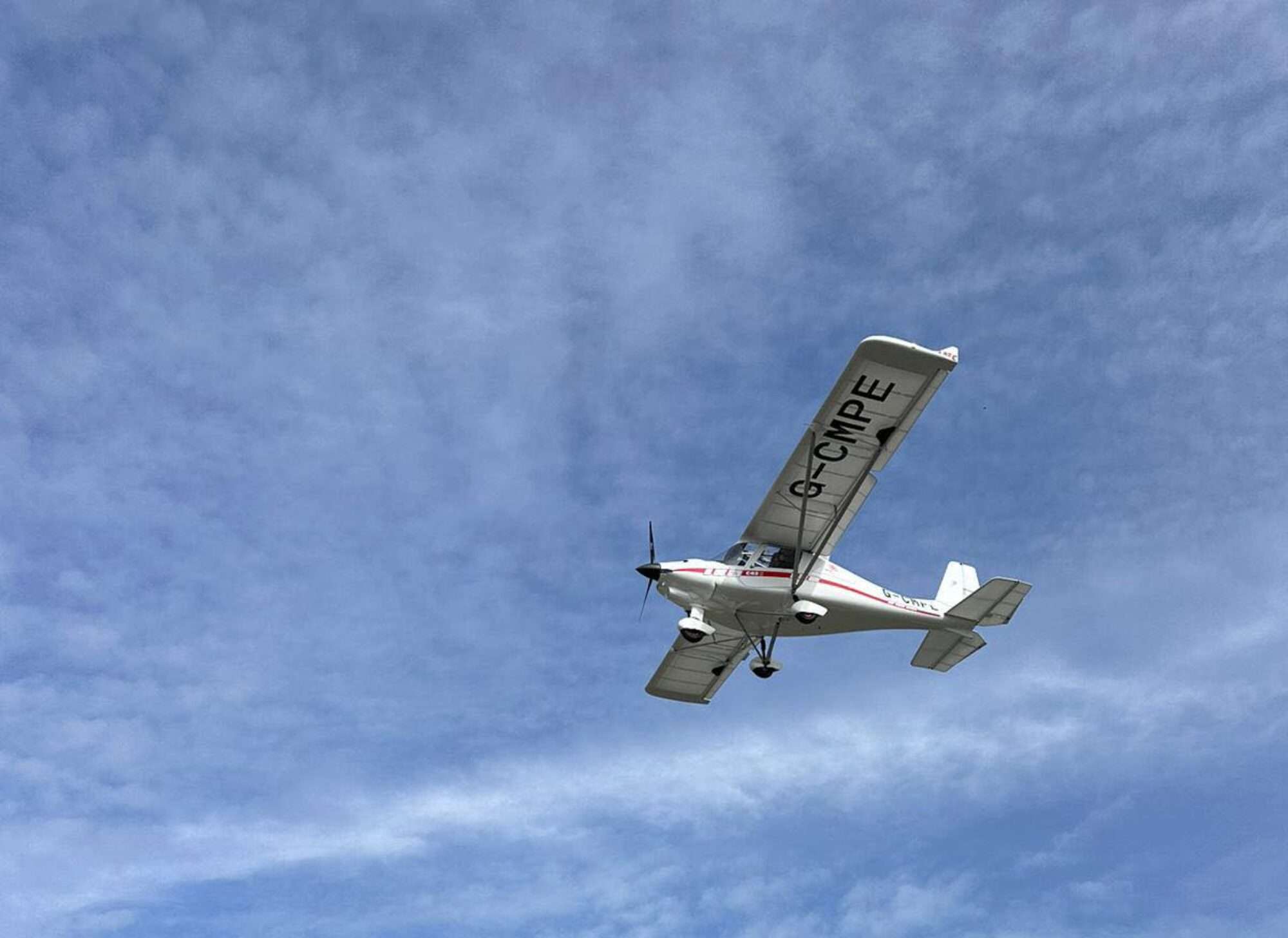These are my personal revision notes that I used when I took the navigation exam for NPPL(M), they may therefore not be 100% in either accuracy or breadth, please always defer to you instructor or their recommended text.

This was the most difficult exam of the 5 for me; I think it was due to taking it before I had done any navigation, so I strongly recommend you take this exam after having done some real life navigation. The exam itself is around 50% practical including, finding places on a map given their Longitude and latitude, drawing a route on a map and calculating the time, distance and heading given a wind speed and direction. Some questions relate to map symbols; these don’t need to be remembered as there is a key on the map.
Learn and practice your triangle of velocities!
Notes:
 True North = geographic North.
True North = geographic North.
Magnetic North = Where a compass points Hdg(C).
Difference between true and magnetic north known as Variation.
Lines on map joining place of equal variation are called Isogonals.
Magnetic fields in an aircraft effects the compass this known as Deviation.
All bearings are given relative to true north.
![]() True North
True North
![]() Magnetic North
Magnetic North
![]() Compass North
Compass North
Track required (Tr. Req.) is a line on a map directly from point A to point B.
Rhumb line (or loxodrome) is a line crossing all meridians of longitude at the same angle. This is the track we fly when using a compass.
Bearings from a map should be taken from the middle of the line to compensate for error on maps due to them being flat! If no wind this is the true heading (Hdg.(T)) Apply to this the Variation to get the Hdg.(M).
Triangle of velocities
You need to know how to draw the triangle of velocities, you will not pass this exam without knowing them!
Tip, you don’t need to use your scale rule to draw them, I found it easier to use a standard rule and mm scale. So long as you use the same scale for all the lines it will still work.

First Draw a vertical line to represent North with a diamond on the top to show it as a true north.
Next go to the Met Office and get the spot wind for your altitude, we will use 260/15 (you are given this in the exam) so we now need to draw this on.
The wind is drawn across the north line e.g. above I marked off 260° on the left of the north and drew through N and out far enough to be able to mark off the wind speed on the wind line. Add 3 arrows to show it’s the wind line. Take a ruler and mark the wind speed on the line from the north line.
Above we have:
A – B the wind line blowing at 260° with point B marked at 15mm the wind strength (normally given as 260/15)
A – C our Track True from the map.
B – C 15mm along the wind line (wind speed of 15kt) 70mm long (our speed in knots) drawn to intersect our Track true at the 70mm point
If we now measure in mm A – C we get 67mm and this is by the magic of Pythagoras theorem our Ground speed, so allowing for the wind our ground speed is 67 knots.
If we measure the angle of the line B – C from north we get 336° our heading true.
If we measure the angle D we get our drift angle 13°
Thank you Pythagoras!




